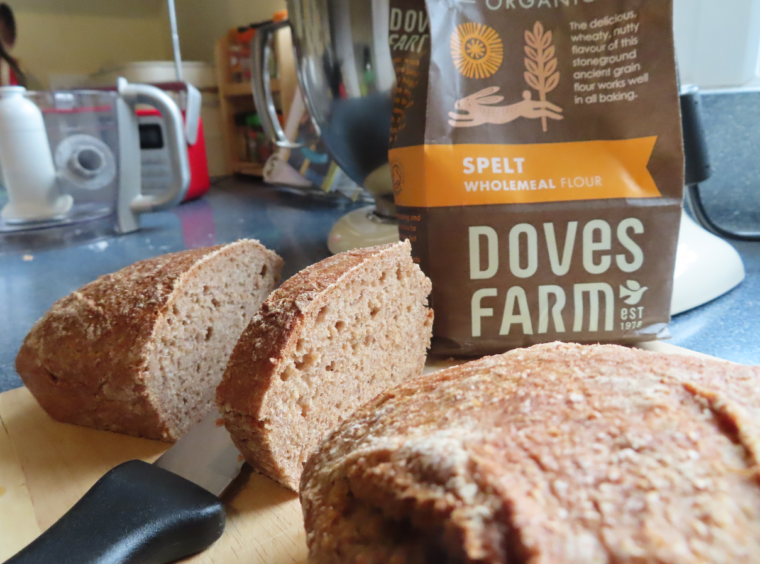
Rev Andrew Kingston, Methodist Minister send us this reflection:
Readers may recall a previous article on planting a Biblical Garden. Since then there have been many new additions. For example the Italian Cypress. The Prophet Isaiah received a message of hope from God through a vision of this very beautiful slender tree growing in a desert. A common sight around Jerusalem, I now also see them in many gardens in South Dublin. God called on Adam and Eve to name the plants and animals in their garden, and knowing names helps us to value and care for His Creation. It also makes lockdown walks more interesting.
One thing leads to another and every plant is like a new window shedding light not just on scripture, but also on our own native Irish plants. As I read the Bible I highlight in green references to plants, and you would be surprised how green the Bible is. God cares for His creation, and calls us to do likewise. Isaiah, Jeremiah and Jesus all reveal The Father as a Gardener.
Along with other Biblical trees like acacia, apple, bay, broom, olive, mulberry, myrtle, fig, balm (Liquid amber), pomegranate, and almond, I have been planting Biblical herbs like mint, dill, cumin, fennel, wormwood, coriander, rue, sage, parsley and mustard. Again one thing leads to another. An awareness of herbs like thyme, abundant in the Holy Land, caused me to notice our own wild thyme, pointed out by wonderful local guide Tony Kirby when walking in the Burren this Summer. It was growing close to Lady’s bedstraw. Tony explained the name. This plant is good for the skin and was used to stuff mattresses. Also plentiful in the Holy Land, tradition suggests that Mary used it to line the manger.
One thing leads to another. Among Biblical crops I have planted or will be planting are vines, wheat, flax, millet, barley and spelt Triticum spelta, a grain strongly related to wheat. During the seventh plague of massive hailstones in Egypt “the flax and barley were destroyed, since the barley was in ear and the flax was in bloom. The wheat and the spelt, however, were not destroyed, because they ripen later” Exodus 9:31. There is another reference to spelt in Isaiah 28. “Listen and hear my voice; pay attention and hear what I say. When a farmer ploughs for planting, does he plough continually? Does he keep on breaking up and working the soil? When he has levelled the surface, does he not sow caraway and scatter cummin? Does he not plant wheat in its place, barley in its plot, and spelt in its field? His God instructs him and teaches him the right way”. Spelt would grow on poorer ground than wheat and it was also in the diet of Ezekiel as he acted out what the people of Jerusalem could expect in exile.
One thing leads to another and my wife Jean arrived home from Tesco’s with a bag of spelt flower. It makes delicious and healthy bread when eaten fresh, and on subsequent days I have found that it is nicer toasted.
I have been pleased to turn this modest investment in seeds and plants into a fundraiser for Methodist World Development & Relief (the Dabane water project in Zimbabwe). About €2,000 was raised through garden visits and the sale of a brochure explaining the Biblical references, stories and benefits of each plant. 11 Arranmore Road, Donnybrook, Dublin 4 will be open for visitors again this year, God willing. Contact [email protected]
